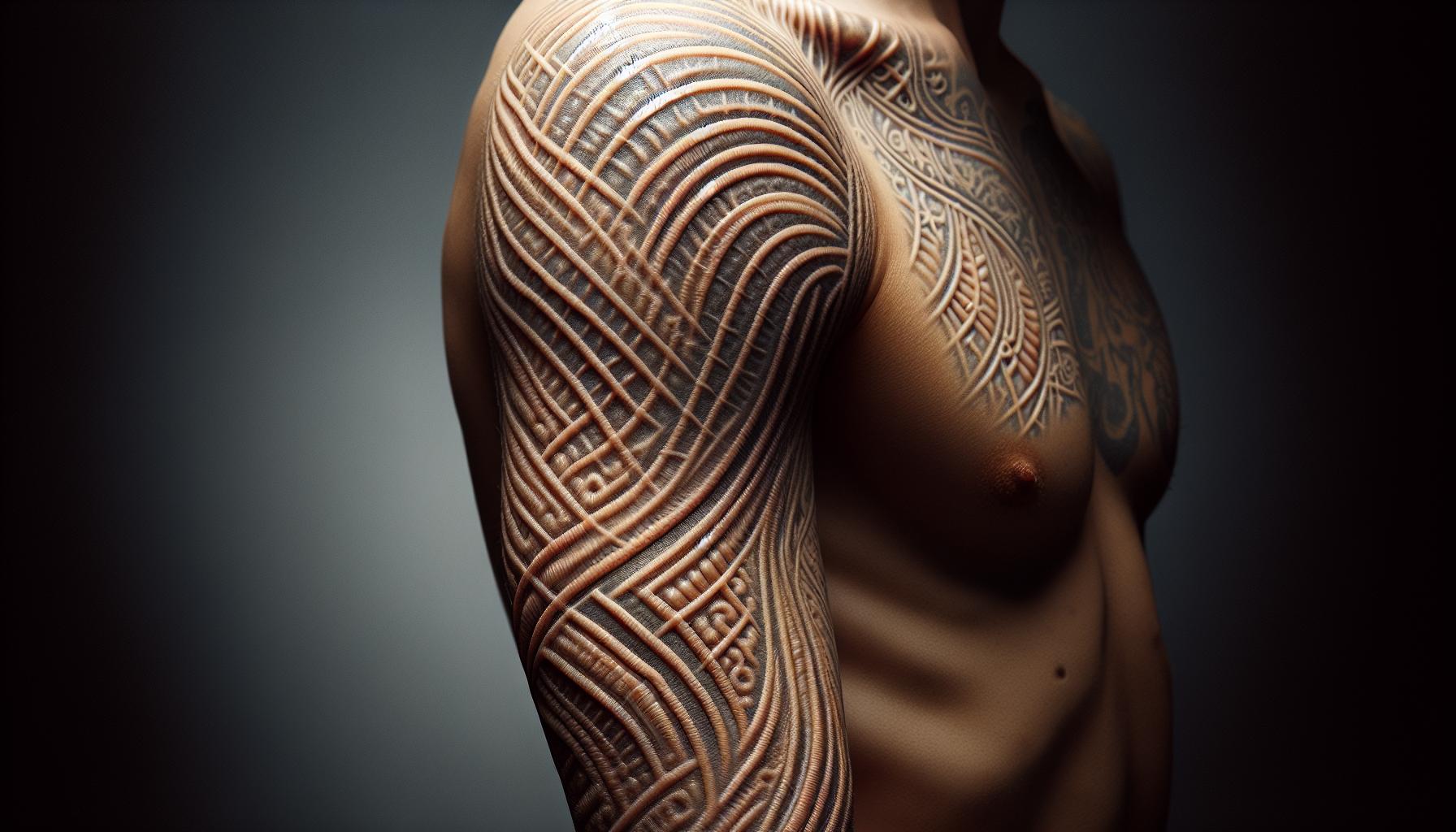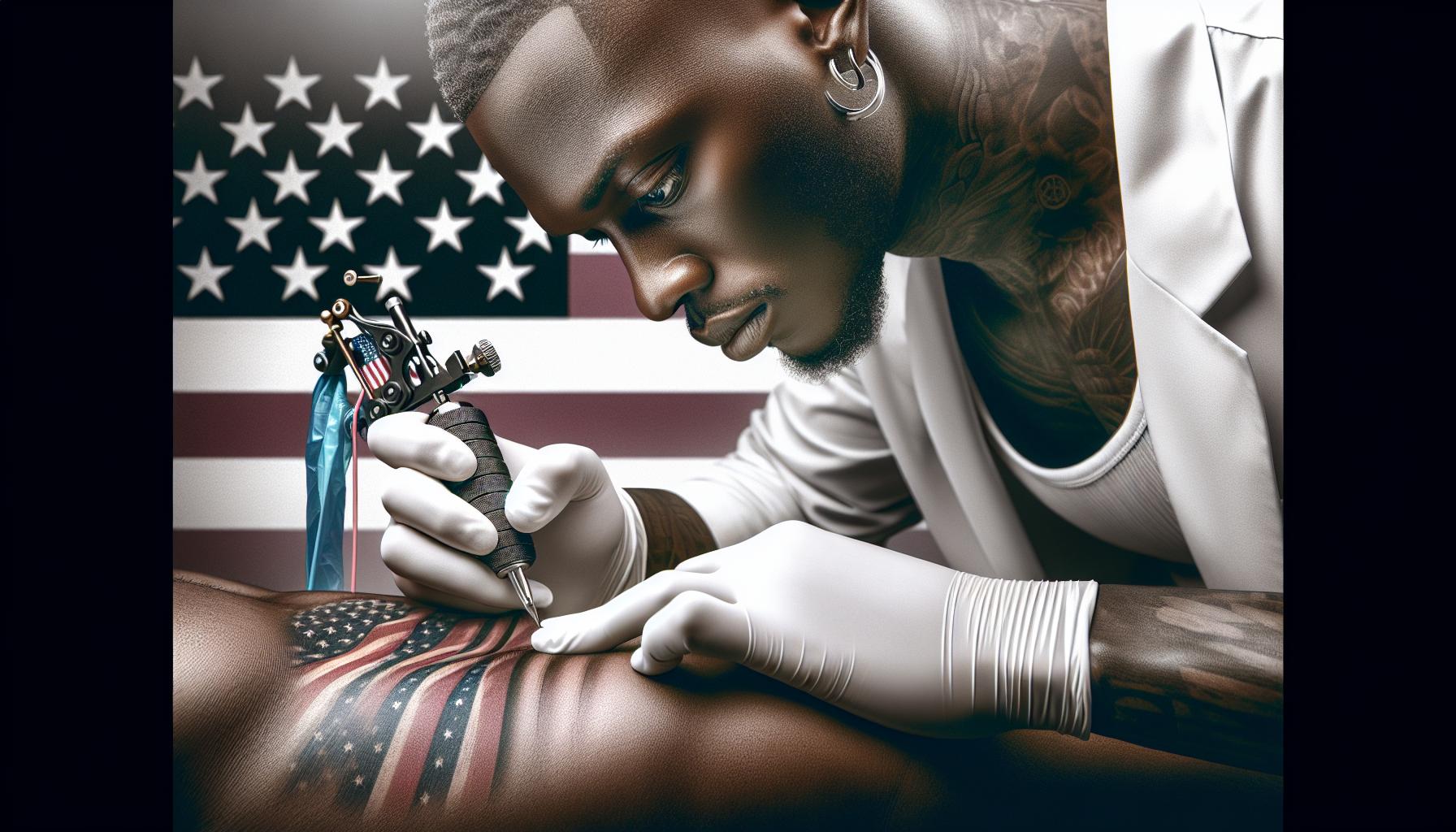Picture-perfect moments aren’t just for Instagram anymore – they’re becoming essential for personal and professional success. Human branding pictures have revolutionized how people present themselves to the world, creating lasting impressions that can make or break opportunities in today’s visual-first society.
From LinkedIn profiles to company websites, the right professional photos can transform an ordinary personal brand into an extraordinary one. It’s not just about looking good; it’s about strategically crafting an image that tells a compelling story and connects with the target audience. Whether someone’s a corporate executive, creative entrepreneur, or industry thought leader, their visual representation speaks volumes before they even say a word.
Table of Contents
ToggleUnderstanding Human Branding and Its Historical Context
Human branding represents a practice of visual identity creation that dates back thousands of years. The concept evolved from physical markings to modern digital representations, shaping how individuals communicate their identity to society.
Ancient Origins of Human Branding
The earliest forms of human branding emerged in ancient civilizations around 4000 BCE. Egyptian hieroglyphs depict the use of distinctive marks to identify ownership of livestock while Mesopotamian cultures utilized cylinder seals as personal identifiers. Roman slaves bore physical brands to denote ownership status whereas Celtic warriors displayed tattoos indicating clan affiliations. These permanent markings served as visual representations of identity status allegiance within their respective societies.
Cultural Significance Through Time
Human branding transformed from mandatory identification into voluntary self-expression across different eras. Medieval European nobility adopted coat of arms as visual representations of family legacy. Japanese samurai displayed mon emblems to represent their clan identity. Victorian-era photographic portraits established social status through carefully crafted visual presentations. The 20th century introduced corporate logos personal signatures celebrity images as powerful forms of human branding. Digital platforms now enable individuals to create curate distribute their visual identity across global networks instantaneously.
Types of Human Branding Techniques

Human branding encompasses several distinct methods, each with specific applications and characteristics. These techniques have evolved through centuries of practice and technological advancement.
Hot Iron Branding
Hot iron branding employs heated metal instruments to create permanent marks on the skin. The process involves heating an iron instrument to temperatures between 400-500°F (204-260°C). Practitioners apply the heated metal directly to the skin for 1-2 seconds, causing third-degree burns that form raised scars. Modern practitioners use specialized equipment with temperature controls to maintain consistency. Medical facilities document complications including infections in 15% of cases, keloid formation in 20% of procedures.
Strike Branding
Strike branding utilizes cautery pens or electrocautery devices to create precise designs. The electrical current heats a fine metal tip to 1800°F (982°C), allowing for detailed patterns. Practitioners execute the technique in multiple short contact points rather than continuous application. Studies indicate strike branding produces smaller scars with 30% less tissue damage than hot iron methods. The procedure typically takes 15-45 minutes depending on design complexity.
Cold Branding Methods
Cold branding employs extreme cold temperatures to destroy melanin-producing cells. Practitioners apply liquid nitrogen or dry ice at -320°F (-195°C) to create distinct marks. The process takes 5-8 seconds per application point, resulting in white scarring on darker skin tones. Medical reports show reduced infection rates of 5% compared to heat methods. The technique allows for more precise control with 40% less peripheral tissue damage than traditional hot branding.
Medical and Safety Considerations

Human branding procedures involve significant medical risks that require careful consideration and professional supervision. The permanent nature of these procedures demands strict adherence to safety protocols to minimize complications.
Health Risks and Complications
Skin branding carries substantial risks including severe infections, keloid scarring and nerve damage. Deep tissue burns from excessive heat exposure lead to permanent disfigurement in 15% of cases. Bacterial infections affect 25% of improper procedures, resulting in cellulitis or sepsis. Common complications include:
- Hypertrophic scarring that extends beyond the branded area
- Allergic reactions to metal instruments or sterilizing agents
- Blood vessel damage causing improper healing
- Chronic pain from nerve injury
- Permanent loss of sensation in affected areas
Proper Aftercare Procedures
Professional aftercare dramatically reduces infection rates by 85% when following medical guidelines. Essential steps include:
- Covering the brand with sterile non-stick bandages for 48 hours
- Cleaning the area 3 times daily with antimicrobial soap
- Applying prescribed antibiotic ointment every 6 hours
- Avoiding sun exposure for 6 months post-procedure
- Wearing loose clothing to prevent friction
Medical supervision during the initial 2-week healing period helps identify complications early. Monitoring includes daily temperature checks to detect infection signs like fever or unusual drainage. Documentation of healing progress through photographs assists healthcare providers in assessing recovery milestones.
Modern Human Branding Photography
Photography captures the intricate details of human branding through high-resolution images that document both the procedure and healing process. Professional photographers utilize specialized equipment to record these transformative moments while maintaining ethical standards and client privacy.
Capturing the Process
Modern photographers employ macro lenses with focal lengths between 60mm to 100mm to document human branding procedures. Digital cameras with high ISO capabilities (6400+) enable clear shots in low-light studio environments without compromising image quality. Time-lapse photography sequences record the complete branding process at 5-10 second intervals creating comprehensive visual documentation. Professional lighting setups include LED panels positioned at 45-degree angles to minimize shadows while highlighting texture details.
Artistic Documentation Styles
Documentary-style photography emphasizes raw authenticity through unposed shots capturing genuine reactions during branding sessions. Fine art approaches incorporate dramatic lighting techniques using single-source illumination to create contrast ratios of 4:1 or higher. Black-and-white conversion heightens textural details by eliminating color distractions. Photographers integrate environmental portraits showing branded individuals in context displaying healed designs. Close-up abstract compositions isolate intricate patterns using shallow depth of field at f/2.8 or wider apertures. Series-based projects document multiple sessions creating thematic collections that explore personal transformation narratives.
Legal and Ethical Implications
Human branding photography operates within a complex framework of legal requirements ethical considerations. These parameters protect both practitioners photographers from liability while safeguarding client rights dignity.
Consent and Age Restrictions
Explicit written consent forms constitute a mandatory requirement for human branding photography documentation. Photographers must obtain detailed permission covering image usage rights distribution channels publication limitations. Legal age restrictions vary by jurisdiction with most states requiring participants to be 18 or older. Parental consent documentation remains invalid for minors in 42 U.S. states regarding permanent body modification photography. Medical facilities require additional consent forms specifying photography conditions including:
- Clear documentation of intended image use
- Specific timeframes for image retention
- Rights transfer agreements
- Privacy protection guarantees
- Withdrawal of consent provisions
Professional Standards
Professional photographers adhering to human branding documentation maintain strict protocols to ensure ethical practice. Industry standards require:
- HIPAA compliance certification
- Sterilized equipment protocols
- Private shooting environments
- Secure digital storage systems
- Client confidentiality agreements
- No exploitation of vulnerable subjects
- Transparent pricing structures
- Regular safety training updates
- Client medical history reviews
- Emergency response protocols
Human branding pictures have transformed from ancient identification marks to powerful tools of personal expression and professional representation in today’s digital age. The evolution of photography techniques alongside safety considerations and legal frameworks has created a structured environment for documenting these meaningful transformations.
As visual storytelling continues to shape personal and professional success investing in high-quality human branding photography remains crucial. Whether for corporate headshots or artistic documentation the impact of well-crafted images extends far beyond mere representation – they’re essential elements in building lasting impressions and meaningful connections in our increasingly visual world.



